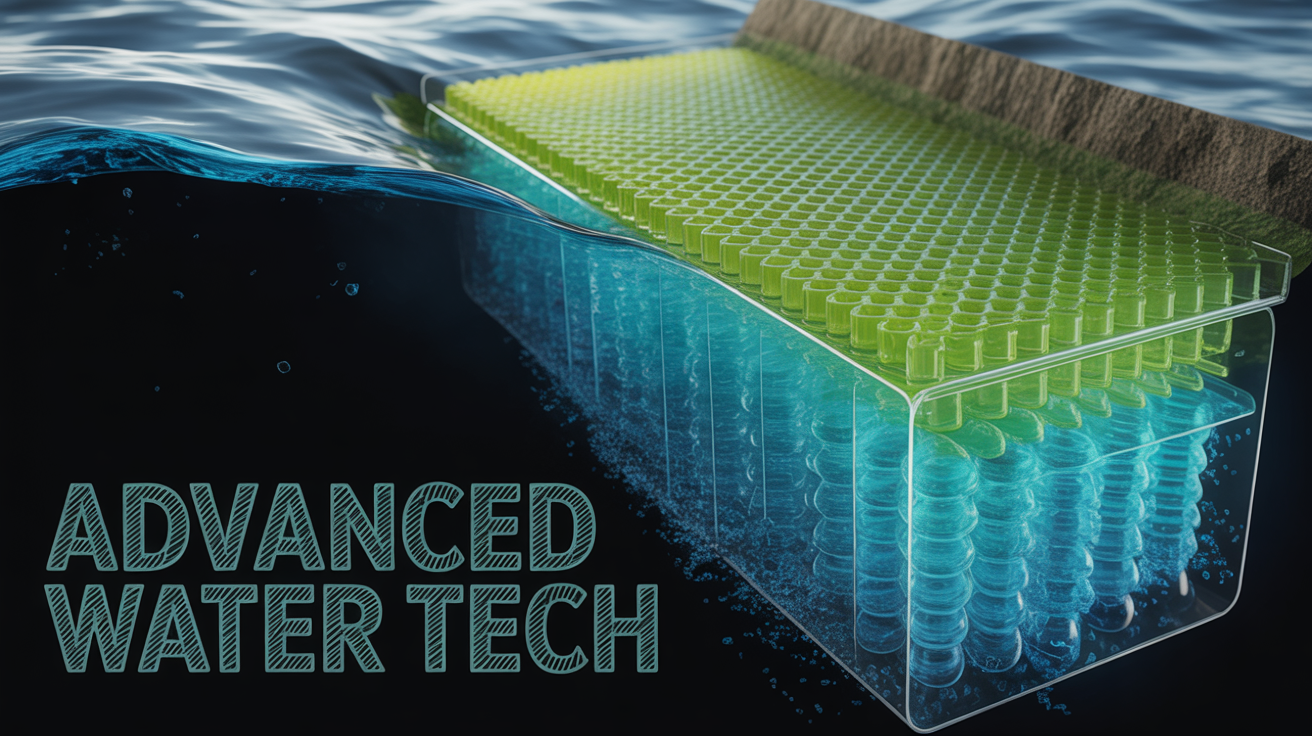Today, water scarcity has become a serious problem all over the world. Growing population, rapid urbanization and industrialization have increased the demand for clean water more than ever before. Traditional water purification techniques have been in use for many decades, but increasing pollution and new adulterations have raised questions about their efficiency. The solution to this challenge is the Hybrid Membrane Process (HMP) – a technology that combines membrane filtration with other purification methods to give better and more efficient results.
Why is water scarcity increasing?
Human life is dependent on water. The demand for fresh drinking water has increased rapidly in the last few decades. The reason for this is:
- Rapid growth of population
- High consumption of water for agriculture
- Expansion of industries
- Climate change and pollution
According to the United Nations report, about 1.2 billion people in the world live in areas where there is a real water crisis, while 1.6 billion people are facing economic water crisis. According to the World Health Organization (WHO), more than 3.4 million people die every year due to water-related diseases.
Limitations of conventional water purification
Conventional water purification plants usually have the following processes – coagulation-flocculation, sedimentation, sand filter, disinfection and ozonation. These processes can remove contaminants to some extent but they have some major weaknesses:
Not effective on new contaminants
It is difficult for conventional plants to remove modern contaminants like drug residues, pesticides, heavy metals and microplastics.
High consumption of energy and chemicals
Sometimes more chemicals and energy are required, which increases the cost.
Taste and odor problems
In many plants, even after purification, the water may still have an odor or bad taste.
Biofouling and scaling problems
Bacterial and mineral deposits on membranes clog the filters and reduce their life.
What is a Hybrid Membrane Process (HMP)?
A hybrid membrane process combines two or more water purification technologies to produce better quality water. It is often referred to as a “1+1>2” technology because the combined effect of the two processes is greater than their individual efficiencies.
For example:
- Combining membrane filters with ozonation
- Combining nanofiltration (NF) or reverse osmosis (RO) with ion exchange or adsorption
This not only improves water quality but also reduces energy consumption and operating costs.
Key Benefits of HMP
Better purification efficiency
Hybrid systems are able to remove more micro-pollutants such as drug residues, hormones, pesticides and microplastics.
Energy efficiency
Several studies have found that HMPs can save 20–25% more energy than conventional plants.
Longer life and less maintenance
Biofouling and scaling are reduced, which increases membrane life and reduces maintenance costs.
Modular design
Hybrid systems can be easily installed on a small to large scale.
Cost reduction
Several case studies suggest that HMPs can be 15–20% cheaper than conventional plants in the long term.
Use of HMPs around the world
Surface water treatment
Hybrid systems with ozonation and ceramic microfiltration showed 22% higher efficiency than conventional methods.
Seawater desalination
Combining reverse osmosis with electrodialysis reversal increased salt removal efficiency to 87%.
Industrial wastewater purification
Removal of heavy metals and harmful chemicals has been made possible by using HMP in chemical industries.
Future Direction
In the future, HMP technology can be made even smarter and efficient by adding Artificial Intelligence (AI) and Internet of Things (IoT). Sensor-based systems can assess water quality in real-time and make automatic adjustments that will reduce both energy consumption and cost.
Conclusion
Hybrid membrane process is a revolutionary technology in the world of water purification. It not only makes water more pure and safe but also gives energy savings, cost reduction and long-term sustainable results. Looking at the increasing pollution and water crisis, this technology is the need of the future.
